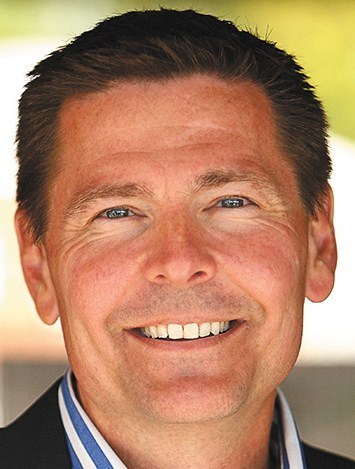When stepping through the front door, it appears to be a like any other modern, medical facility. A large waiting room with children’s toys in the corner, rows of comfortable chairs and a pleasant person behind the window waiting to assist. The bricks and mortar are the first indication any visitor would have that this is no ordinary healthcare facility headquartered on the campus of a Church. But once on the other side of the front desk, it becomes abundantly clear that every effort has been made to provide the best medical and dental care that money can buy; or not buy.
The Trinity Free Clinic is celebrating its 15th anniversary providing free medical services to the uninsured and underinsured of Hamilton County. The building which houses the clinic is relatively new and gorgeous. Clinic Director Dina Ferchmin said, “We are big into treating every patient with dignity and love here. Our facilities display dignity and our volunteers provide love.”
On Oct. 12, you can attend their open house from 8 a.m. to 8 p.m. and experience the love and dignity yourself. Tours and an opportunity to meet some of the volunteers involved with the ministry will be on hand. Professionally baked treats will be ready to eat, provided by a former patient who now owns a thriving business called Healthy Treats.
The concept for a free medical clinic located in one of the wealthiest counties in the Midwest was the notion of former Our Lady of Mt. Carmel Catholic Church Pastor Msg. John Duncan. Originally, it was conceived to serve the Hispanic population. On opening day, 15 people showed up. To date, the clinic has treated over 16,000 patients with a mix of Hispanic 32 percent, 49 percent Caucasian and 7 percent African American.
The clinic covers the gap or people who don’t make enough to qualify for the Affordable Care Act but make too much to qualify for Healthy Indiana Plan. Ferchmin says Healthy Indiana Plan is currently not accepting any new enrollees. People who are between jobs and a growing number of refugees from the Middle East make up the remaining referral source for patients.
There are 636 active volunteers who staff the clinic. It takes all disciplines of medical personnel as well as non-medical folks who handle paperwork and other clinic responsibilities. Volunteers do not come and go, but stick with the clinic because as Ferchmin put it, “People want to make a difference. They can achieve that feeling here.”



